Delhi has had a unique distinction of hosting a wide variety of architecture down the ages.Be it Jain,Buddhist, Turk, Moghul or British, Delhi is like a mother hen-under her loving gaze and protection thrive all kinds of architecture styles.
How many of us know that Delhi has had more than 300 baolis or water cafes.
A baoli is a stepwell, the steps used to lead to a pool of water-the water of which was drawn from an adjacent well or through aquifers within the subterranean soil and rock.Baolis also were a place were the lay people could congregate and exchange notes-hence the term “water cafe”
The earliest step well in Delhi and probabbly the whole of Northern India is the Anangtal, located in the northern part of Mehrauli.
It is said that the queens pf Raja Anangpal Tomar used to give away alms at this place to the poor at the insistence of the king.
Some people say that ghosts are said to live around these stepwells but of course, all this is hearsay.
The Tomars gave way to the Chauhans , who in turn yielded to the Mamluks or the “Slave Dynasty”.
The Gandhak ki Baoli is adduced to this period of late 12th century and much of its construction is similar to Anangpal ki Baoli.Gandhak means sulfur and it is believed that the waters of this baoli had sulfurous content and hence healthy.However, as you can see, this place needs renovation.
The architecture of the baolis underwent a major change in the 16th century when a Lodi dynasty noble, Daulat Khan Lodi constructed the Rajon ki Baoli.Supposedly, this stepwell was meant for the convenience of the masons of that time.Notice the arches of this stepwell-they are a bit conical and taper toward the top.
Another interesting baoli of the 16th century is found in the Central Delhi area-Agarsen Ki Baoli.Legend has it that this stepwell was constructed during the Mahabharat era i.e. more than 5000 years ago.However,the trader community of India restored this building only a few hundred years ago and borrowed significantly from the contemporary architectural style.
Agarsen ki Baoli is quite popular among the Hindi movie industry and quite a few creative visualizations have been shot here.Thanks to this,this place has started attracting the young traveller crowd which is good for the India’s heritage conservation efforts.For the not so well informed, Agarsen refers to an ancient king of Mathura who was later imprisoned by his son in law who also wanted to be the king.
In the late 14th century or so, a Sultan, Feoze Shah Tughlaq dug up another baoli.This stepwell is located within the Feroze Shah Kotla which is a citadel on one of the prominent roads of Delhi.Circular in nature, this baoli is in a very bad shape and has been locked up by the authorities.
Another interesting baoli can be visited in the Red Fort at Delhi.It is said that this baoli was constructed by the Tughlaq dynasty-which preceded the maker of Red Fort by a good 300 years.Probably the source of the water is the river Yamuna, whch used to flow quite nearby.
The images of the baolis are from the most ancient to the most recent in description.
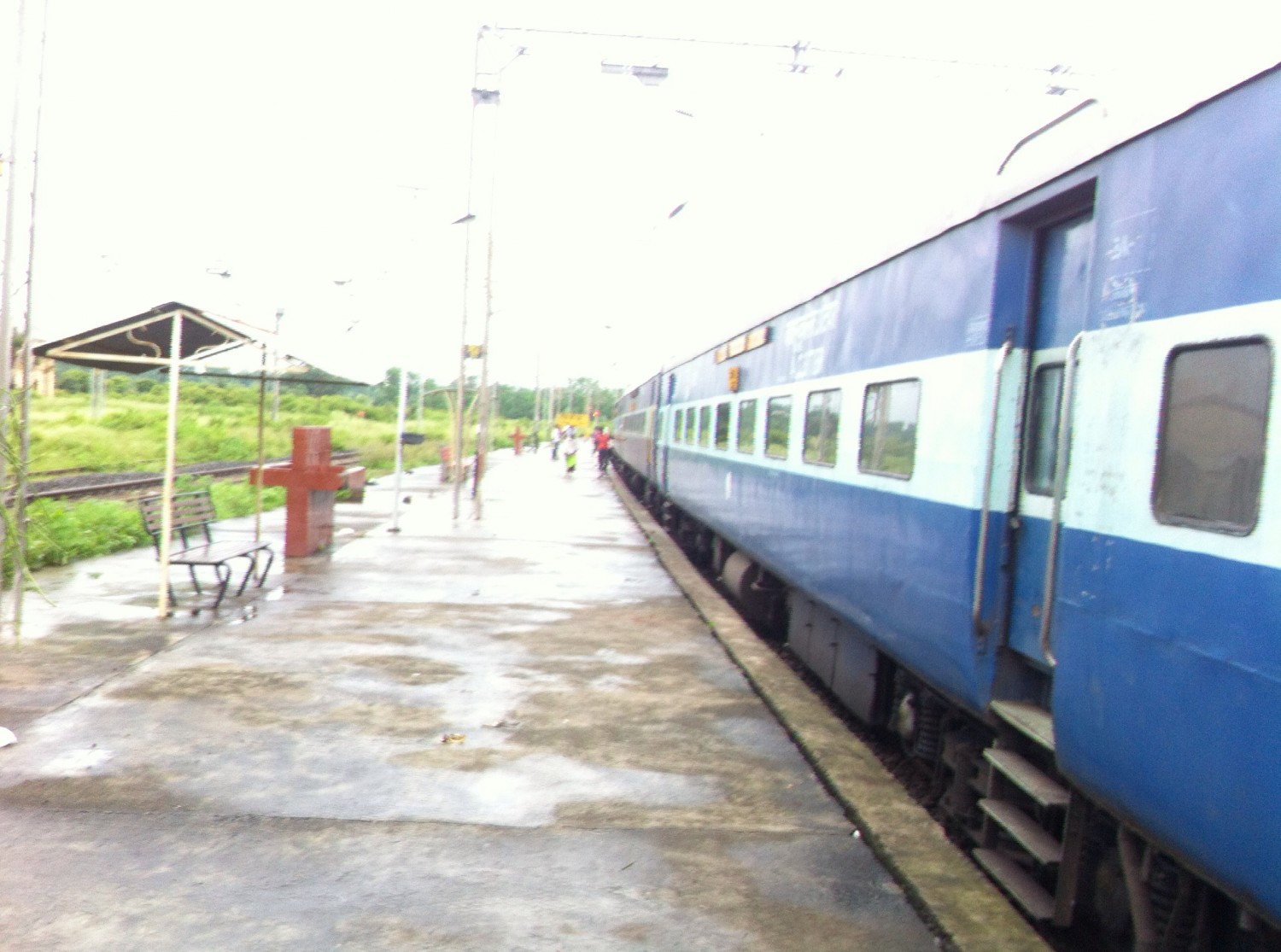

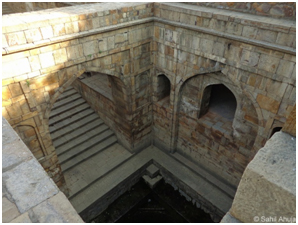
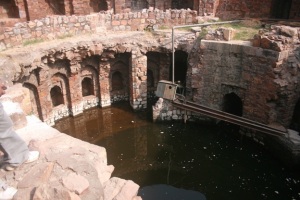
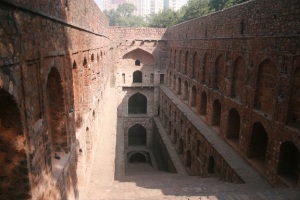
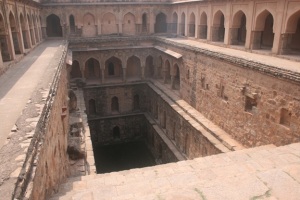
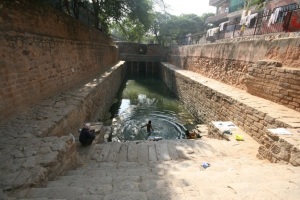
Very fascinating archaeological disclosure reg Delhi water cafes
LikeLike
Engrossing read with perfect visuals. A beautiful archaeological journey!
LikeLike
Wow. I certainly dint know there were such magnificent old wells in Delhi ! Maybe on the next visit, i should find time to vidit at least one ! The Gandhak one sounds interesting….hope they are all well preserved.
LikeLike
sure, let me know Vidya ji, let me play host…
LikeLike